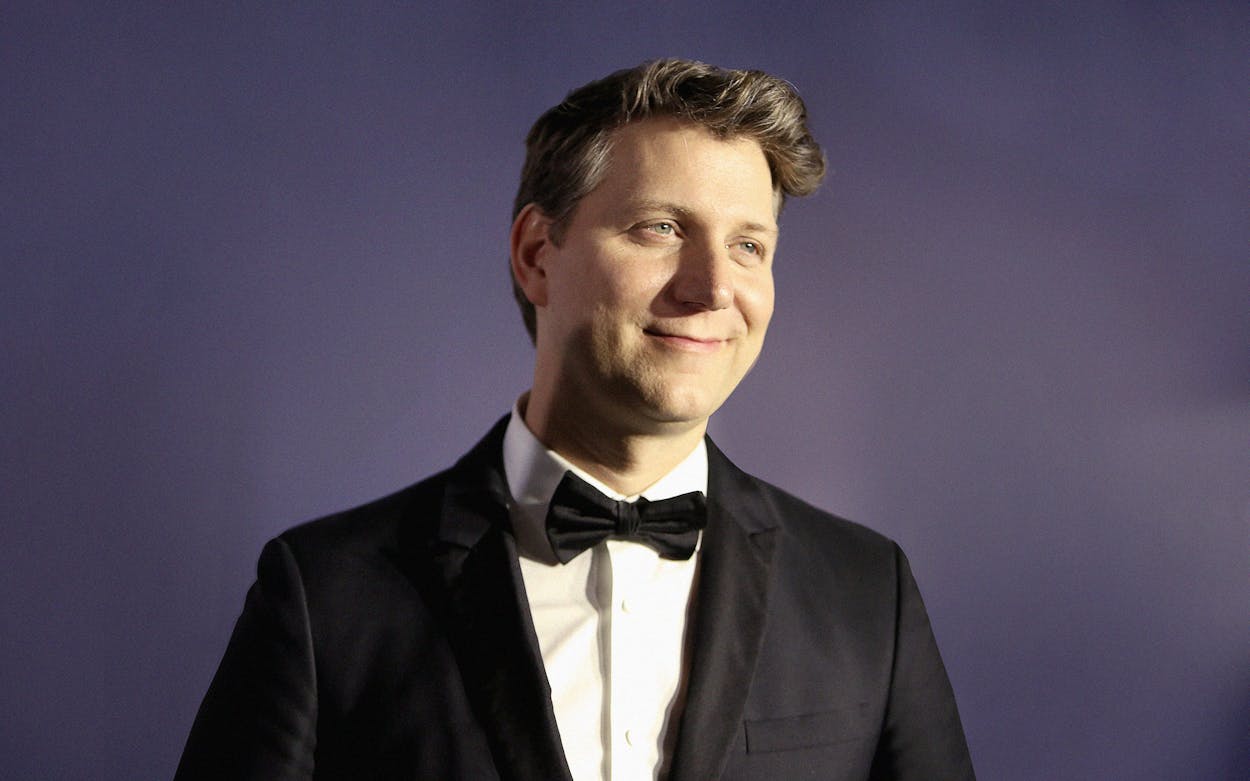On Memorial Day weekend, the movies finally came back. After fifteen months of dismal domestic grosses for mostly B-list films, A Quiet Place Part II grossed $47.5 million on its opening weekend, and became the first bona fide box-office hit in the U.S. since the start of the pandemic.
The film’s success proved a few things Hollywood had been looking to confirm: that the theatrical experience still matters to fans; that a nation increasingly vaccinated against COVID-19 is ready to go back to the movies; and, critically for the franchise, that audiences sure do love A Quiet Place.
So it was little surprise that, barely a week later, the release date for a third film in the series was announced. What was surprising? Texas filmmaker Jeff Nichols would direct it.
Nichols has avoided the sort of blockbuster franchises that often swallow up the careers of promising filmmakers. He emerged as a critical darling following 2011’s Take Shelter, a psychological thriller that centers on the apocalyptic dreams of a man played by Michael Shannon. His 2012 film Mud kick-started the McConaissance and launched the career of East Texas native Tye Sheridan. From there, he directed the contemplative, Spielbergian science-fiction drama Midnight Special in 2016, and then courted awards season later that year with the historical drama Loving. Since then, he’s focused his energy on other projects—a forthcoming Cuban Revolution drama called Yankee Comandante, as well as a podcast adaptation of Hank the Cowdog, released last year.
But A Quiet Place has a sensibility that fits well with Nichols’s gifts. In addition to a handful of surface similarities (both A Quiet Place and Take Shelter have plots that involve fathers with underground bunkers, deaf children with cochlear implants, and stockpiling oxygen tanks), the tone of Nichols’s Take Shelter lines up nicely with that of the AQP films.
Nichols’s breakthrough feature was a slow-burn thriller, drawing tension from Shannon’s character’s creeping sense of doom foretold and the ordinary, pre-apocalyptic world around him. Writing about the film in 2011, Roger Ebert described it as “a frightening thriller based not on special effects gimmicks but on a dread that seems quietly spreading in the land: that the good days are ending, and climate changes or other sinister forces will sweep away our safety.”
Midnight Special—which had its North American premiere at SXSW 2016—draws upon a similarly urgent source of tension. This time, Shannon, again playing the protagonist, is a father who kidnaps his own superpowered son from a doomsday cult, and is pursued by the cult’s leader and government forces that recognize the boy’s potential. The film was met with mixed reviews; critics praised Nichols for creating an impossibly tense setup, but questioned whether he delivered a satisfying payoff.
Thus far, that hasn’t been a problem in A Quiet Place; both films have abrupt, suspenseful endings. The debut film, directed by John Krasinski and starring his IRL wife Emily Blunt, was immediately franchise-ready, even if its small budget only allowed for a small piece of a potentially expansive world to appear onscreen. Nominally a science-fiction film—the plot involves an alien invasion of giant, insectoid monsters that use their hypersensitive hearing to hunt humans—it focuses on a single family of survivors in rural upstate New York. The sequel, also directed by Krasinski, expands that world a bit—a breathtaking opening sequence shows the day of the invasion—but keeps its focus on the same family.
Nichols’s installment will at last take viewers to a different part of the AQP world, but no further details have been revealed. His involvement, though, suggests that Paramount, the studio behind the franchise, has a keen understanding of what makes the films great.
Whatever Nichols ends up doing with A Quiet Place, his final product is likely to have a bit more studio gloss on it than his previous work, but some extra Hollywood shine might have benefited a film like Midnight Special. Either way, it will probably be full of atmospheric tension, paranoia, and dread—that is, after all, what both A Quiet Place and Jeff Nichols do well.








